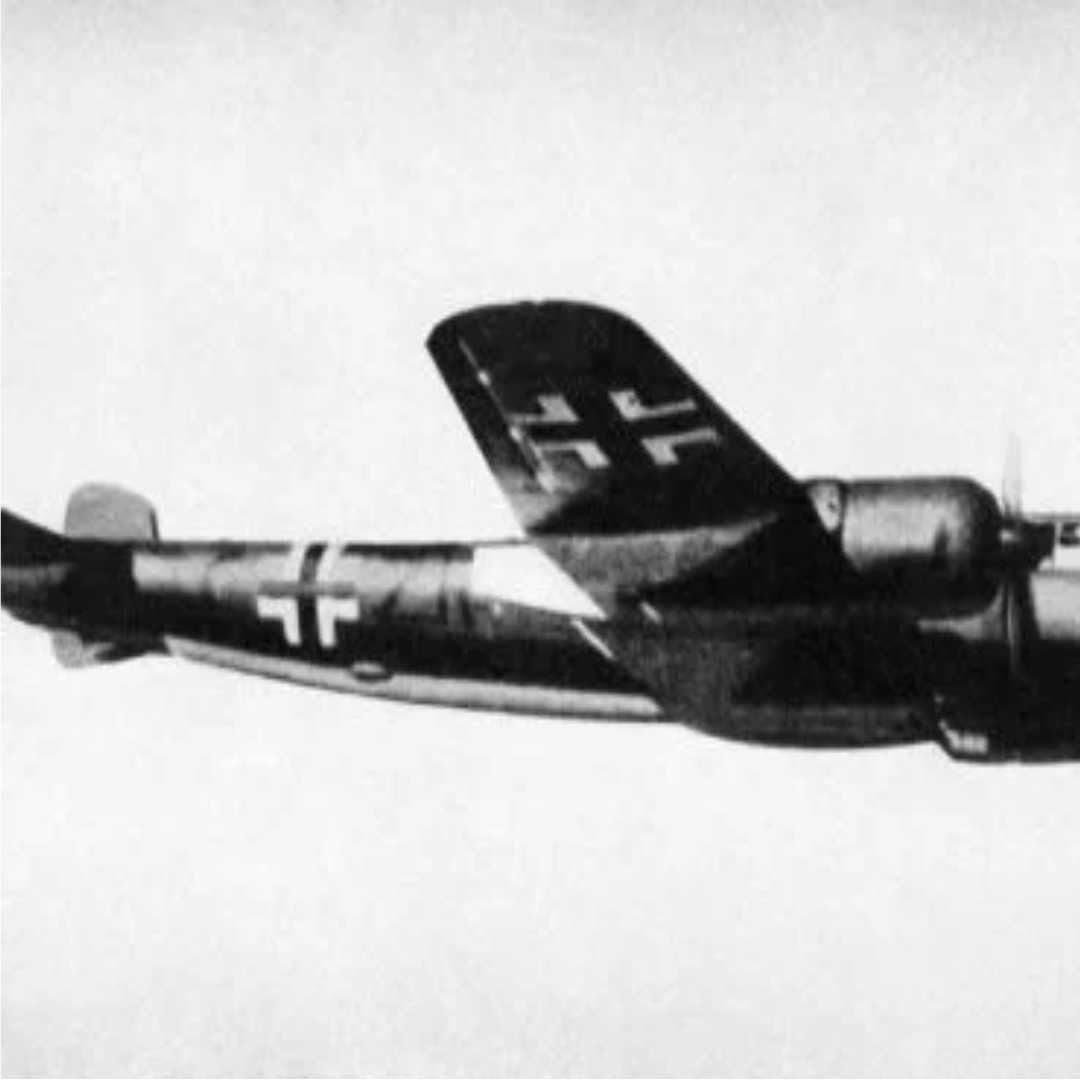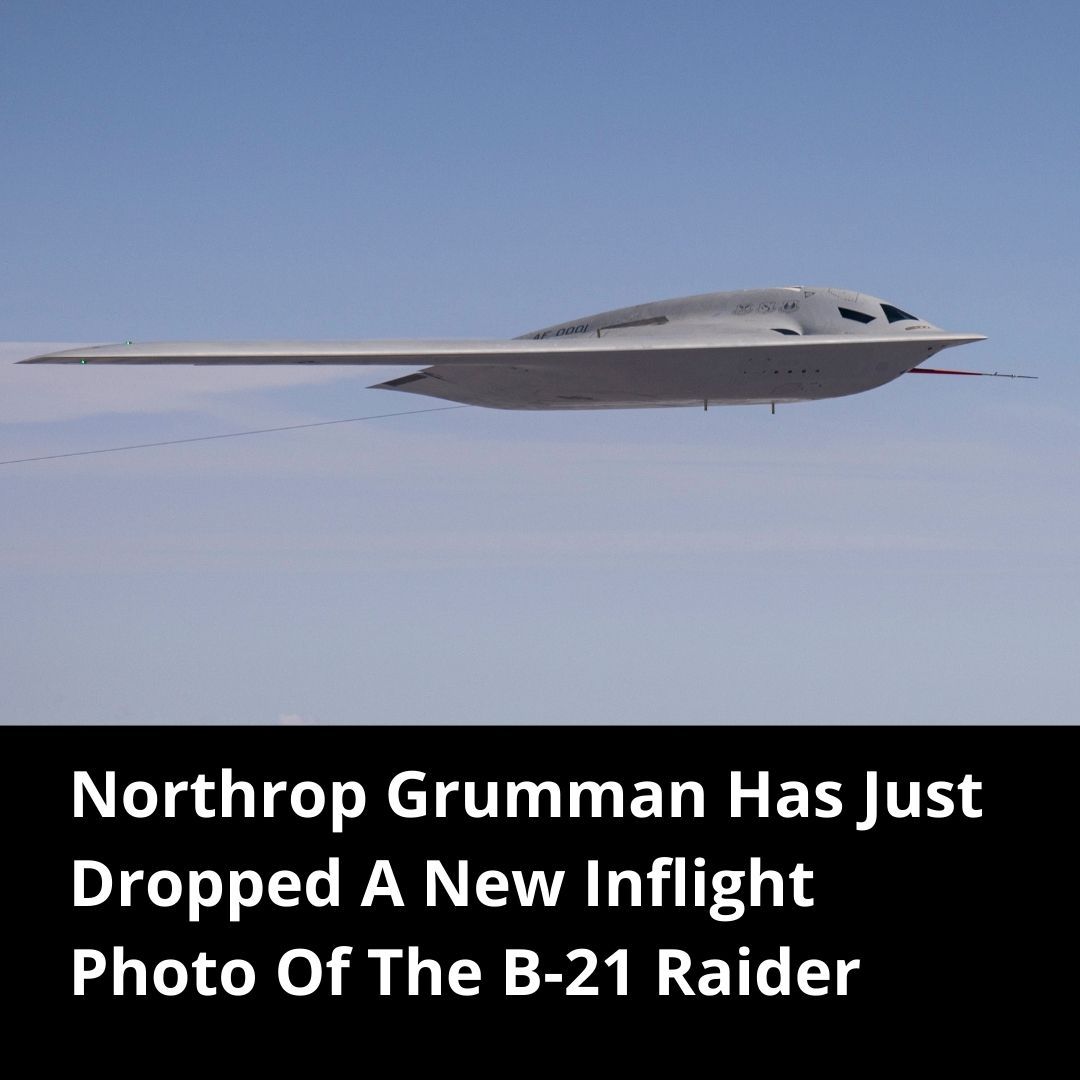Developed by the German manufacturer Dornier Flugzeugwerke, the Dornier Do-217 emerged as a versatile and robust platform, serving roles ranging from heavy bomber to reconnaissance missions.
The evolution of the Do-217 from its predecessors highlights advancements in aerodynamics, armament, and electronic warfare, making it a pivotal asset in the Luftwaffe’s strategic operations.
Design and Development
The journey of the Dornier Do-217 began with an ambitious vision: to create an aircraft that would eclipse the capabilities of its predecessor, the Do-17, known as the “Flying Pencil” for its slender frame.
The designers at Dornier Flugzeugwerke, under the guidance of Claude Dornier, embarked on this project with a clear set of objectives: enhance payload capacity, extend operational range, and improve overall performance.
These goals would necessitate significant advancements in aerodynamics, powerplant integration, and structural design.
The development process led to the creation of an aircraft with a markedly larger fuselage, capable of accommodating greater bomb loads and more sophisticated equipment.
The wingspan widened, not only to support the additional weight but also to improve stability during flight, a crucial factor for missions at higher altitudes and longer distances.

This increase in size was complemented by the integration of more powerful engines. Early models of the Do-217 were equipped with BMW 801 radial engines, but as the design evolved, some variants, such as the Do-217M, received the more powerful Daimler-Benz DB 603 engines, significantly enhancing speed and ceiling capabilities.
Innovation also took centre stage in the aircraft’s armament and electronics. The Do-217 was among the first to be fitted with advanced radar technology, enabling it to undertake night operations and maritime reconnaissance with greater efficacy.
This was a leap forward in the use of aircraft for strategic purposes, expanding the scope of missions it could perform.
The adaptability of the Do-217’s design allowed for the production of various variants, each tailored to specific operational roles.
The E series, for example, focused on conventional bombing missions, while the K and M series explored the use of different engines and configurations to optimize performance. Perhaps the most innovative was the N series, designed for night fighting, and equipped with radar and heavy armament to engage enemy bombers.

Technical Specifications and Performance
Speed and altitude capabilities defined the operational ceiling of the Do-217. It could reach a top speed of around 560 km/h (348 mph), a figure that varied slightly among the different variants due to engine performance and aerodynamic improvements.
The aircraft’s ability to operate at altitudes exceeding 7,000 meters (23,000 feet) allowed it to evade enemy defences and conduct strategic bombing missions with a reduced risk of interception.
Range and endurance were equally impressive facets of the Do-217’s design. With a maximum range of approximately 3,500 kilometres (2,175 miles), it could penetrate deep into enemy territory, delivering its payload and returning to base without the need for mid-mission refuelling.
This extended reach was instrumental in the Do-217’s role in long-distance raids and reconnaissance missions, offering the Luftwaffe strategic flexibility and the element of surprise in their operations.
The armament configuration of the Do-217 played a critical role in its effectiveness as a multi-role aircraft. Designers armed it with a formidable array of defensive weapons, including multiple machine guns and cannons, to fend off enemy fighters during missions.
The aircraft’s bomb load capacity was equally noteworthy, with the ability to carry up to 4,000 kg (8,818 lb) of ordnance. This made the Do-217 a formidable adversary against a variety of targets, from industrial facilities and military installations to naval vessels.

Innovations in electronic warfare further augmented the Do-217’s operational capabilities. Equipped with advanced radar systems, it could navigate and execute missions under the cover of darkness or adverse weather conditions, significantly enhancing its effectiveness as a night bomber and reconnaissance platform.
This technological edge allowed the Do-217 to adapt to the evolving dynamics of World War II, where control of information and the element of surprise often determined the outcome of engagements.
Variants
The Dornier Do-217 was a key player in the Luftwaffe’s arsenal during the Second World War, and underwent extensive development, resulting in a variety of variants, each tailored to meet specific operational requirements.
These adaptations reflect the aircraft’s versatility and the strategic needs of the German Air Force over the course of the conflict.
The initial models, the Do-217A and Do-217B, served as the prototypes and early test beds for the evolving design.
Engineers and designers focused on refining the aircraft’s aerodynamics, engine performance, and armament capabilities, setting the stage for the subsequent production variants.
Following these, the Do-217E series emerged as the first mass-produced variant, primarily functioning as a medium bomber.
The E series distinguished itself in various bombing roles, including strategic night bombing operations over Britain, thanks to its improved range and payload.

The Do-217J variant marked the aircraft’s foray into the realm of night fighting. Modifications included the removal of the standard bomb bay to accommodate radar equipment and heavy armaments, such as cannons, making it a formidable adversary against Allied bombers during nocturnal encounters.
This variant underscored the Do-217’s adaptability to diverse combat roles, beyond its original design as a bomber.
Subsequent developments led to the Do-217K and Do-217M series, which featured significant enhancements in engine performance and overall design.
The K series adopted the BMW 801 engines, while the M series introduced the more powerful Daimler-Benz DB 603 engines, a change that significantly improved the aircraft’s speed, altitude capability, and operational range.
These variants further expanded the Do-217’s roles to include long-range bombing missions and reconnaissance operations, showcasing its growing importance in the Luftwaffe’s strategic planning.
One of the most innovative adaptations of the Do-217 was the N series, designed specifically for night operations. This variant incorporated advanced radar and navigation systems, enabling it to track and engage enemy aircraft under the cover of darkness.
The Do-217N played a crucial role in the Luftwaffe’s defence against night bombing raids by the Allies, illustrating the aircraft’s continued evolution to meet the demands of aerial warfare.
The Do-217 also served as a testbed for guided missile technology, notably in the deployment of the Fritz X and Henschel Hs 293 guided bombs.
These experiments transformed the aircraft into a precision-strike platform, capable of engaging heavily defended targets or naval vessels with unprecedented accuracy. This role not only highlighted the Do-217’s versatility but also represented a significant leap forward in the use of aircraft for targeted strikes.
Operational History
The 217 carved out a distinguished operational history throughout World War II after its introduction in 1941, demonstrating its capabilities across various theatres of war and adapting to the evolving demands of aerial combat.
From the nocturnal skies over Britain to the sunlit expanses of the Mediterranean and the harsh Eastern Front, the Do-217 proved its worth as a versatile and resilient aircraft.
The Do-217 first made its mark during the intensive bombing campaigns against Britain, where it conducted strategic bombing raids during the Blitz and beyond.
These operations showcased the aircraft’s ability to deliver substantial payloads over long distances, challenging Britain’s air defences and industrial capacities.
The Do-217’s participation in these night operations also highlighted its early use of electronic warfare techniques, including radar jamming and navigation aids, which allowed it to maintain a degree of effectiveness despite the increasing sophistication of Allied air defences.

In the Mediterranean theatre, the Do-217’s adaptability came to the forefront. Here, it operated in both conventional bombing roles and as a reconnaissance platform, gathering crucial intelligence on Allied naval movements and fortifications.
Its extended range and payload capabilities were instrumental in disrupting Allied supply lines and supporting Axis military operations across North Africa and the Italian Peninsula.
The Eastern Front presented a different set of challenges, where the Do-217 was tasked with targeting Soviet industrial facilities, transportation networks, and troop concentrations.
The harsh weather conditions and vast distances underscored the aircraft’s reliability and performance in extreme environments.
Moreover, the Do-217 played a significant role in laying siege to Soviet cities, contributing to the Axis effort to cripple the Soviet war economy and morale.
One of the most innovative uses of the Do-217 came in the form of launching guided missiles, marking a significant advancement in aerial warfare. The aircraft was adapted to deploy the Fritz X and Henschel Hs 293, among the first precision-guided munitions used in combat.
These missions targeted Allied shipping in the Mediterranean and Atlantic, demonstrating the potential of air-launched guided weapons in disrupting naval operations.
The success of these strikes underscored the strategic value of the Do-217 as a platform for integrating new weapon systems and tactics.
Throughout its service life, the Do-217 underwent continuous improvement and adaptation, reflecting the dynamic nature of the conflict.
Its roles expanded from strategic bombing and reconnaissance to include electronic warfare, anti-shipping strikes, and even serving as a testbed for experimental weapons.
The operational history of the Do-217 is a testament to the aircraft’s design philosophy, which emphasised versatility, performance, and the capacity for innovation.
Schräge Musik
The Dornier Do-217 played a significant role in the implementation and operational use of an innovative aerial combat tactic known as “Schräge Musik.”
Translated to “Slanting Music” from German, this term referred to a unique configuration of upward-firing cannons installed in the fuselage of night fighters, including certain variants of the Do-217.
The concept of Schräge Musik represented a significant departure from conventional aerial combat tactics and was primarily used by the Luftwaffe during World War II to engage Allied bombers during nocturnal raids.
The adaptation of the Do-217 for Schräge Musik involved mounting one or two cannons, typically 20 mm MG FF/M or heavier calibres like the 30 mm MK 108, in an oblique angle aiming upward at approximately 60 degrees.
This setup allowed German night fighters to approach an enemy bomber from below, outside the bomber’s defensive field of fire, and engage it with a deadly barrage of cannon fire directed at the bomber’s vulnerable underbelly.
The element of surprise, coupled with the difficulty bombers had in detecting an attacker approaching from below at night, made Schräge Musik a fearsome weapon against Allied bombing campaigns.

The implementation of Schräge Musik in the Do-217 and other German night fighters required significant modifications, not only in terms of armament but also in avionics and tactics.
Pilots underwent specialized training to master the unique approach and firing techniques necessitated by this upward-firing armament. Additionally, the aircraft were often equipped with advanced radar and navigation systems to facilitate the detection and interception of enemy bombers under the cover of darkness.
Operational use of the Do-217 equipped with Schräge Musik demonstrated its effectiveness as a countermeasure against the increasingly frequent and destructive Allied night bombing raids.
The tactic allowed German night fighters to inflict considerable losses on Allied bomber formations, often catching the crews completely by surprise.
Despite the effectiveness of Schräge Musik, the increasing sophistication of Allied electronic countermeasures and escort tactics gradually diminished its impact as the war progressed.



